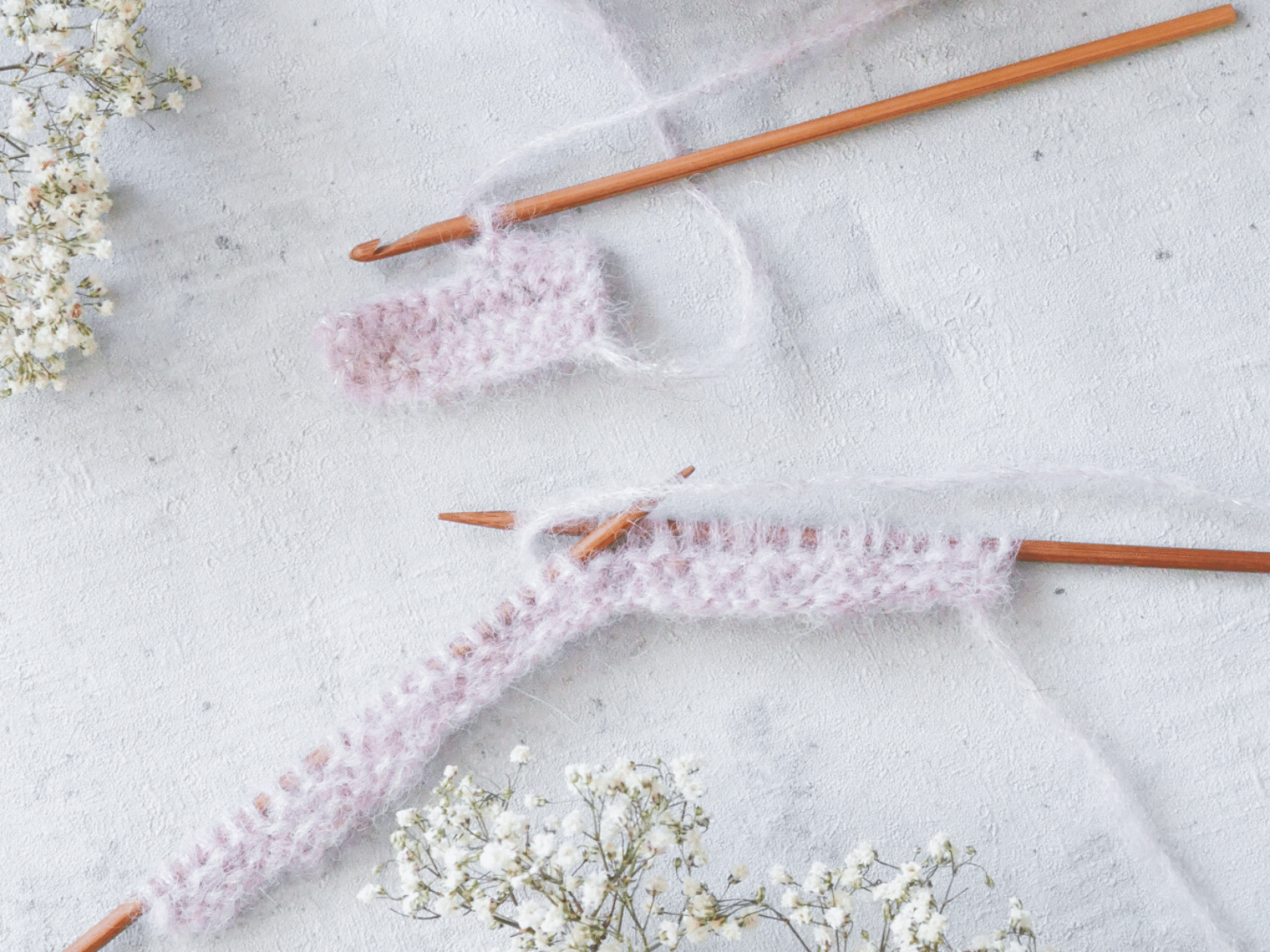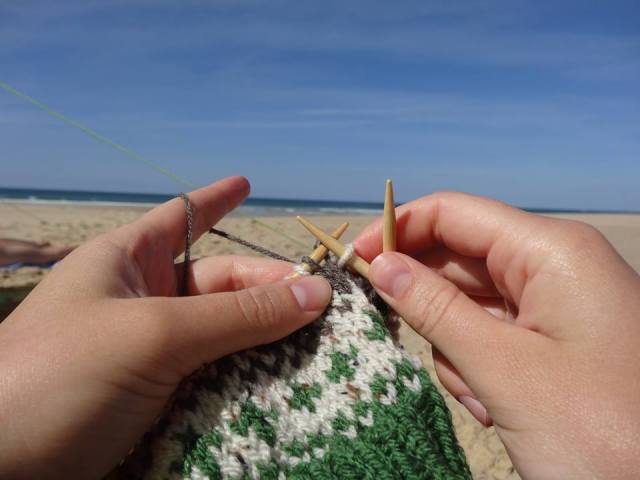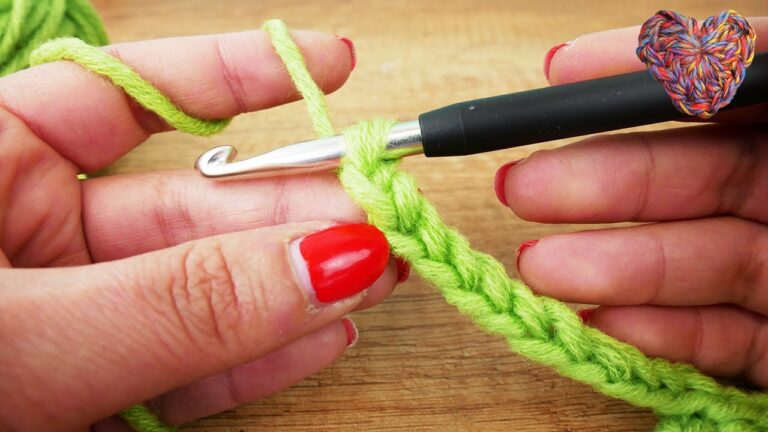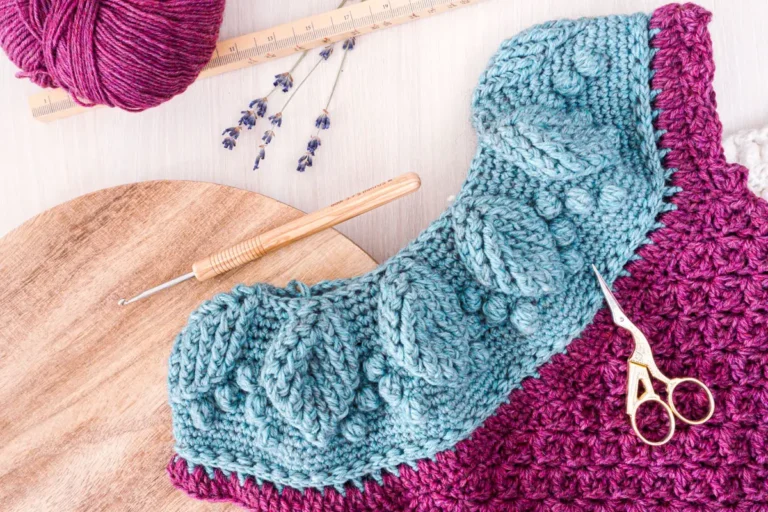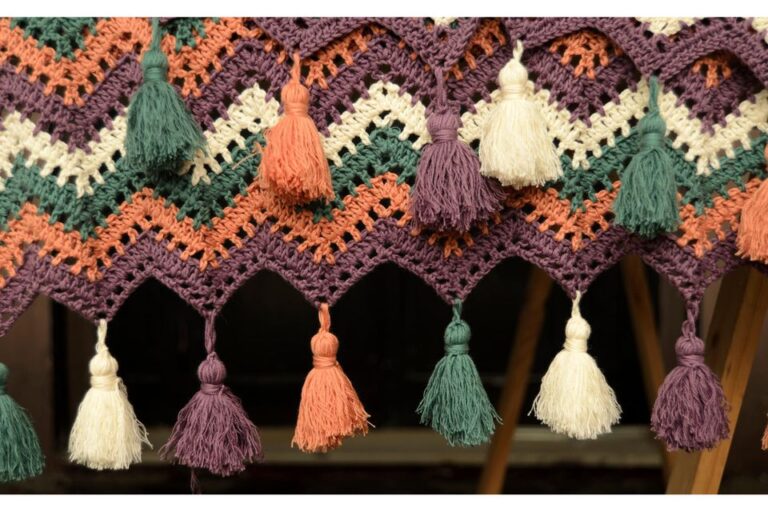Ist Häkeln Anstrengend
Are you curious about whether crocheting is a physically demanding activity? In “Ist Häkeln Anstrengend,” we explore the question of whether crochet can be exhausting or strenuous. Whether you’re an experienced crocheter or a beginner, this article will provide you with insights into the physical aspects of this popular craft. So, if you’ve ever wondered about how taxing crocheting can be on your body, keep reading to find out more!
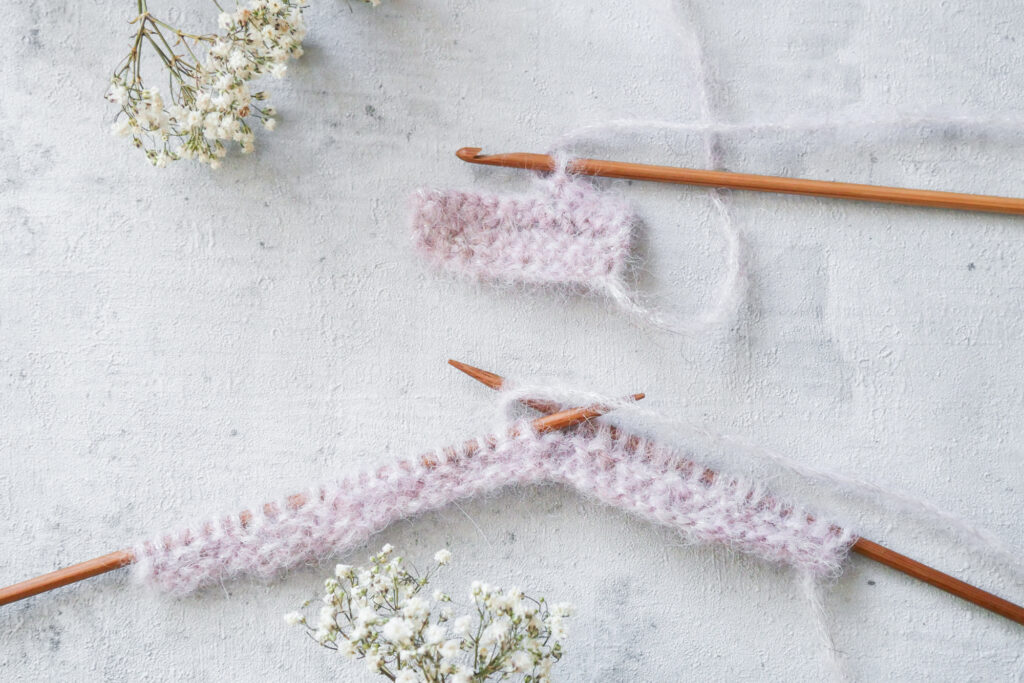
This image is property of meingehaekeltesherz.de.
The Benefits of Crocheting
Crocheting is not only a popular hobby, but it also offers a multitude of benefits for both your physical and mental well-being. Taking up this craft can provide relaxation, stress relief, improved focus, enhanced creativity, and self-expression. Additionally, it can foster hand and finger dexterity, improve fine motor skills, strengthen your wrists and arms, stimulate your brain, enhance memory, regulate your mood, and provide a sense of achievement and self-esteem. Crocheting also allows for connection and bonding, offers therapeutic and healing effects, and provides opportunities for personal growth and social interaction. While there may be challenges and difficulties in learning and mastering crochet, there are tips and strategies to overcome them. Furthermore, choosing the right crochet supplies and finding support within the crochet community are essential factors to consider. Lastly, it is important to be mindful of physical strain and discomfort and to take measures to avoid them. Overall, crocheting is a wonderful and rewarding activity that brings numerous benefits to your life.
Relaxation and Stress Relief
Crocheting is a fantastic way to unwind, relax, and relieve stress. The rhythmic and repetitive motions of crocheting have a calming effect on your body and mind. As you focus on the task at hand, your worries and anxieties gradually fade away. The repetitive motions of yarn over and pull through can be almost meditative, creating a sense of tranquility and inner peace. Crocheting allows you to escape from the daily stresses of life and enter a state of mindful relaxation. It provides a retreat from the demands of work, family, and other responsibilities, giving you a much-needed break.
Improved Focus and Concentration
In our fast-paced world filled with distractions, it can be challenging to maintain focus and concentration. Engaging in crochet helps train your mind to concentrate on one task at a time. The combination of visual and physical coordination required in crocheting demands your full attention. By practicing this craft, you can significantly improve your ability to concentrate and stay present in the moment. As you focus on counting stitches, following patterns, and manipulating the yarn and hook, you develop a strong sense of focus and attention to detail.
Enhanced Creativity and Self-Expression
Crocheting is a highly creative activity that allows you to explore and express your artistic side. With a vast array of colors, types of yarn, and endless pattern possibilities, the options for creativity are limitless. Whether you choose to follow existing patterns or create your own, crocheting gives you the opportunity to bring your unique vision to life. Through your choice of colors, stitch combinations, and project selection, you can create one-of-a-kind pieces that reflect your personality and style. Crocheting serves as a powerful outlet for self-expression, enabling you to showcase your individuality and creativity.
Hand and Finger Dexterity
One of the physical benefits of crocheting is the improvement of hand and finger dexterity. The intricate hand movements involved in holding the crochet hook and maneuvering the yarn require the coordination of small muscles in your hands and fingers. As you crochet, these muscles are regularly exercised, leading to increased strength, flexibility, and coordination. Over time, you will notice an improvement in your ability to perform delicate tasks and handle small objects with ease.
Improved Fine Motor Skills
Crocheting is an excellent way to enhance your fine motor skills. Fine motor skills involve the coordination of small muscles, primarily in your hands and fingers, for precise and controlled movements. Crocheting requires you to manipulate the hook, yarn, and stitches with precision and accuracy. By regularly engaging in crochet, you can strengthen and develop these muscles, leading to improved fine motor skills. This increase in fine motor skills can be beneficial in various aspects of your life, from performing everyday tasks to participating in other hobbies and activities.
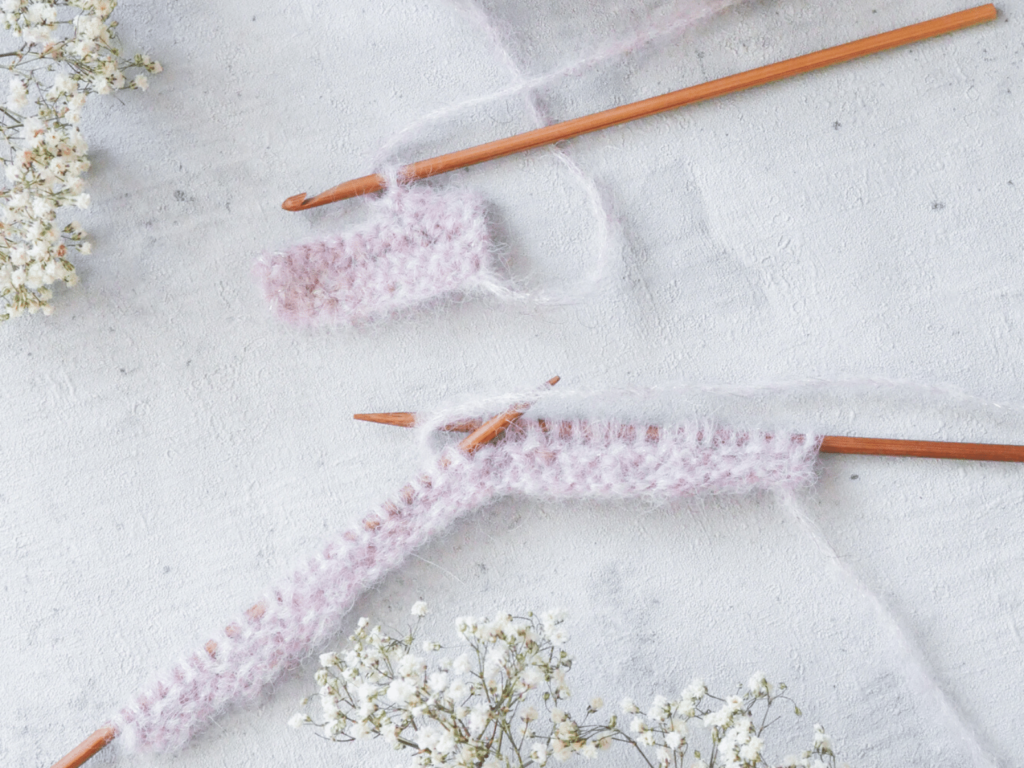
This image is property of meingehaekeltesherz.de.
Wrist and Arm Strength
Crocheting also provides a workout for your wrists and arms, increasing their strength and endurance. The repetitive motions involved in crocheting, such as holding the hook, yarn tensioning, and making stitches, engage the muscles in your wrists and arms. As you crochet more frequently, these muscles become stronger and more resilient. The strengthening of your wrist and arm muscles can be advantageous in other areas of your life, improving your ability to perform tasks that require grip strength and endurance.
Mental Stimulation and Brain Health
Engaging in crocheting provides valuable mental stimulation, benefiting your overall brain health. The combination of learning new patterns, following complex instructions, and troubleshooting potential issues stimulates your brain cells. This mental workout helps keep your mind sharp and active. Furthermore, crocheting challenges your problem-solving abilities as you encounter pattern revisions or stitch mistakes. By engaging in crochet regularly, you can promote the growth of new neural connections and improve your cognitive function.
Memory Enhancement
Studies have shown that activities like crocheting can enhance memory function. The repetitive nature of crochet can help reinforce memory pathways and improve your ability to recall information. As you memorize stitch patterns or familiarize yourself with pattern instructions, you challenge your memory and strengthen your cognitive abilities. The act of crocheting has even been found to aid in memory retention and retrieval in individuals with age-related memory decline or conditions such as Alzheimer’s or dementia.
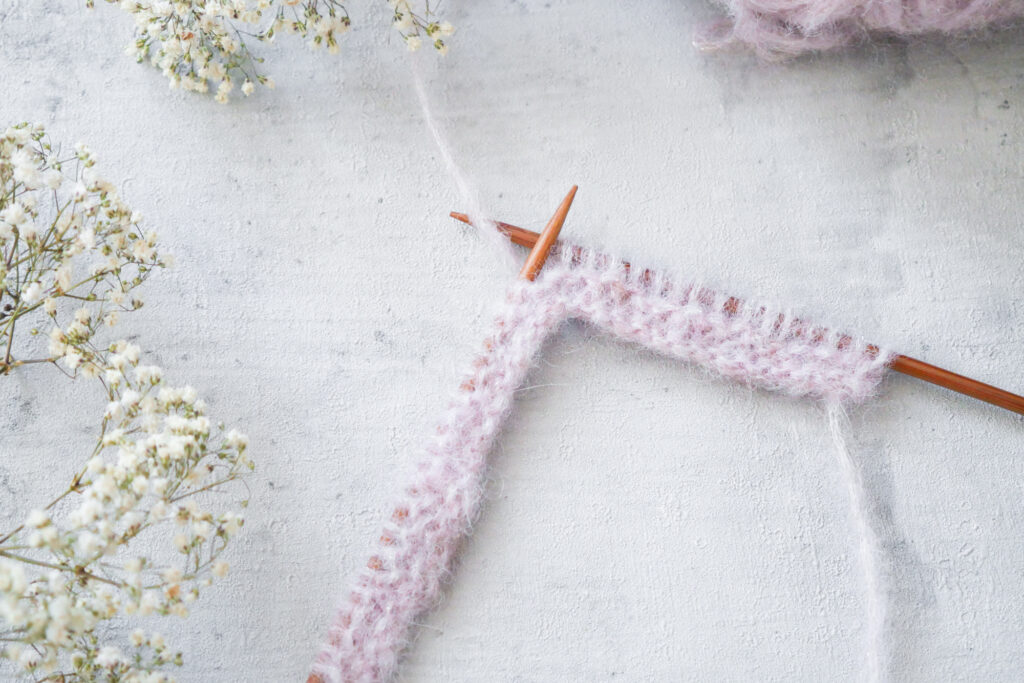
This image is property of meingehaekeltesherz.de.
Mood Regulation
Crocheting has a positive impact on your mood and emotional well-being. The act of creating something beautiful and tangible with your own hands can boost your self-esteem and sense of accomplishment. The focus and concentration required in crocheting also promote a sense of peace and calm, reducing stress and anxiety. Engaging in this creative outlet provides a healthy and fulfilling way to express emotions and channel negative energy. Crocheting can serve as a form of therapy, allowing you to relax, release tension, and uplift your mood.
Sense of Achievement and Self-Esteem
Completing a crochet project gives you a sense of achievement and boosts your self-esteem. As you progress from simple projects to more intricate designs, each finished item becomes a testament to your progress and growth as a crocheter. Witnessing your skills improve and seeing the fruits of your labor adds to your confidence and self-worth. The satisfaction of creating something beautiful and functional with your own hands is immeasurable and can greatly contribute to your overall sense of achievement and self-esteem.
Connection and Bonding
Crocheting is an activity that can bring people together, fostering connection and bonding. Whether you join a local crochet group, participate in online communities, or attend workshops and classes, crocheting provides opportunities for social interaction and friendship. These shared experiences create a sense of belonging and camaraderie among fellow crocheters. Engaging in crochet with others allows for the exchange of ideas, tips, and techniques, enhancing the learning and creative process. Crocheting with friends or family members can deepen relationships and create lasting memories.
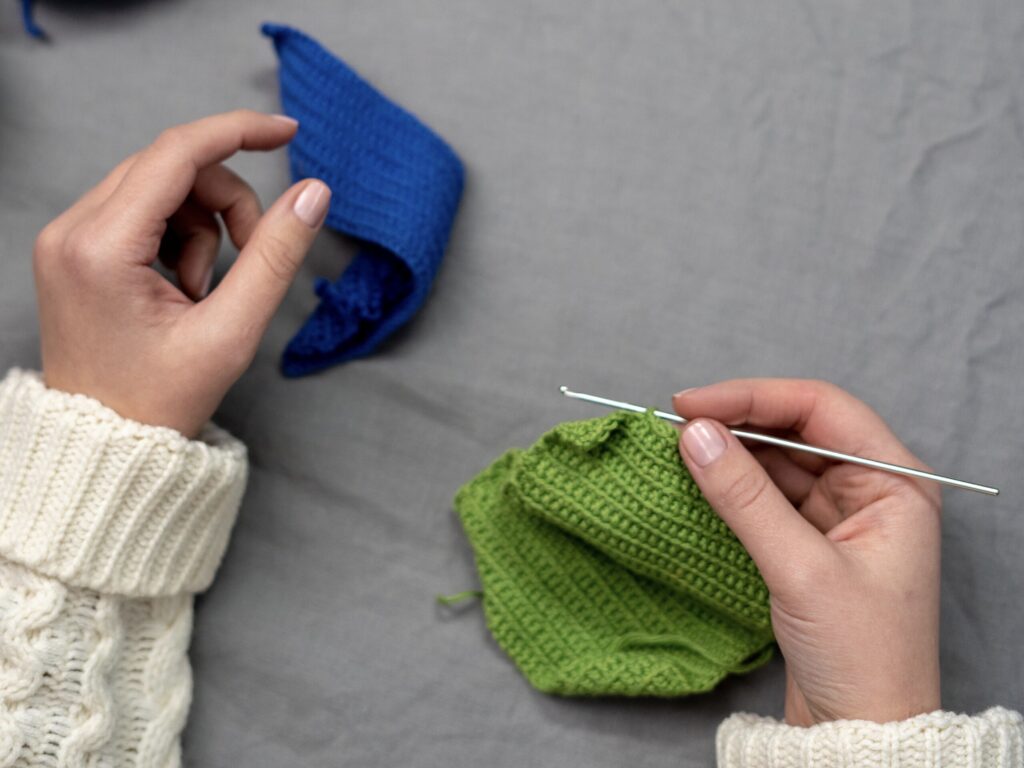
This image is property of wollkaufladen.de.
Therapeutic and Healing Effects
Crocheting has therapeutic and healing effects on both the mind and body. The rhythmic and repetitive motions involved in crocheting promote relaxation and reduce stress levels. This can be particularly beneficial for individuals experiencing anxiety, depression, or chronic pain. Crocheting serves as a form of mindfulness, allowing you to focus on the present moment and engage in a calming and soothing activity. It can serve as a distraction from physical discomfort or emotional distress, providing a sense of comfort and escape. Crocheting has been used in various therapeutic settings to aid in the recovery process and promote overall well-being.
Initial Learning Curve
Like any new skill, crocheting has a learning curve that can initially be challenging. Learning different stitches, understanding pattern instructions, and grasping basic crochet terminology may feel overwhelming at first. However, with patience and persistence, you can overcome these challenges. Starting with simple projects and gradually increasing the complexity of your patterns will help build your skills and confidence. Seeking guidance from experienced crocheters or joining beginner-friendly crochet groups can provide valuable support and resources during the learning process.
Hand Fatigue
Crocheting for extended periods can sometimes lead to hand fatigue, especially if you are gripping the hook too tightly or working with tight tension. However, there are measures you can take to alleviate hand fatigue. Starting with ergonomic crochet hooks can reduce strain on your hands and wrists. Additionally, practicing proper hand positioning and taking frequent breaks to stretch and rest your hands can prevent fatigue. Building up your crochet stamina gradually and using varied grips and hand positions can also help minimize the risk of hand fatigue.
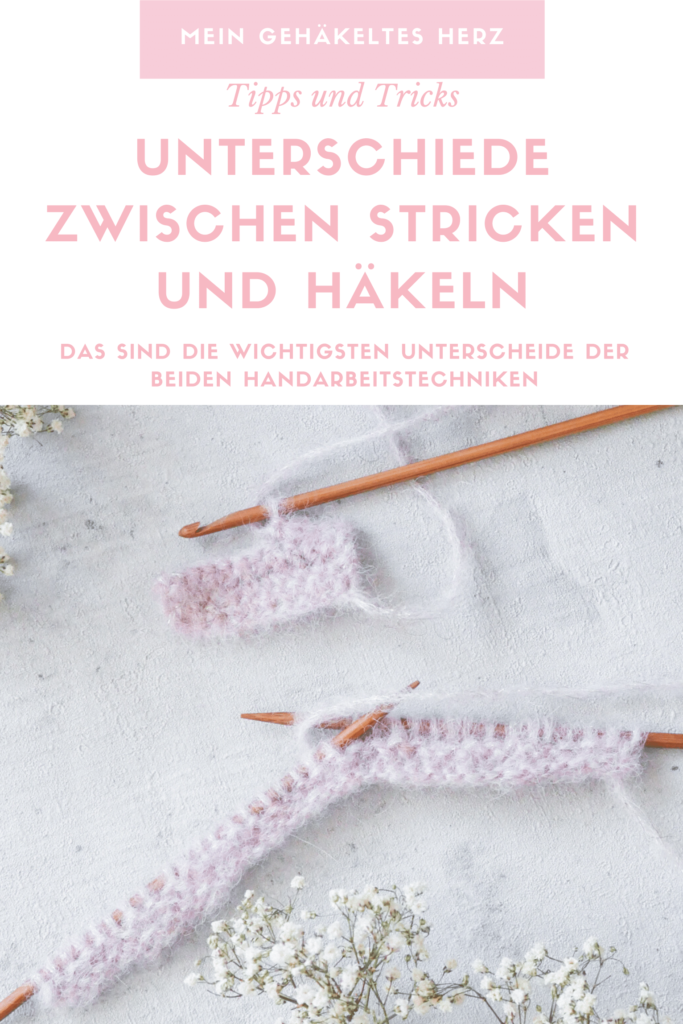
This image is property of meingehaekeltesherz.de.
Complex Patterns and Techniques
As you progress in your crochet journey, you may come across complex patterns and techniques that require advanced skills. These patterns can be intimidating and may seem impossible at first glance. However, breaking them down into smaller sections and practicing one stitch or technique at a time can make the process more manageable. Consulting tutorial videos or seeking guidance from experienced crocheters can help demystify complex patterns and give you the confidence to tackle them. Remember, with patience, practice, and persistence, you can conquer any crochet challenge.
Start with Simple Projects
When first learning to crochet, it is advisable to start with simple projects. Beginning with small and straightforward patterns allows you to familiarize yourself with basic stitches, terminology, and crochet techniques. Simple projects, such as scarfs, dishcloths, or simple amigurumi toys, provide opportunities to practice and refine your skills. As you gain confidence and proficiency, you can gradually progress to more complex designs and patterns. Starting with simplicity sets a solid foundation and builds a strong skill base for future crochet endeavors.
Take Frequent Breaks and Stretch
To avoid hand fatigue and physical strain, it is essential to take frequent breaks and stretch while crocheting. Spending extended periods engrossed in your crochet project can cause muscle tension and stiffness. Taking regular breaks allows your hands, wrists, and arms to rest and recover. During these breaks, engage in stretching exercises specifically targeting the muscles involved in crochet. Wrist flexion and extension exercises, finger stretches, and shoulder rotations can help alleviate any tension and discomfort. By incorporating breaks and stretching into your crochet routine, you can maintain good physical health and prevent long-term strain.
Practice Patience and Persistence
Crocheting is a skill that takes time and practice to master. It is important to approach your crochet journey with patience and persistence. Remember that mistakes and setbacks are a natural part of the learning process. Instead of getting discouraged, view them as opportunities to grow and improve. If a particular stitch or technique is challenging, don’t hesitate to practice it repeatedly until you feel comfortable. With consistent effort and a positive mindset, you will gradually overcome obstacles and achieve your crochet goals. Embrace the learning experience, celebrate small victories, and enjoy the journey.
Selecting Appropriate Yarn
When it comes to crochet, selecting the appropriate yarn is crucial. Yarns vary in weight, texture, and fiber content, and each project requires specific yarn characteristics. Understanding the requirements of your project and considering factors such as durability, washability, and colorfastness will help you make informed yarn choices. Choosing the right yarn for a particular project can enhance the overall outcome and ensure your finished piece meets your desired specifications.
Choosing the Right Hook Size
Equally important to selecting appropriate yarn is choosing the right hook size. Hook sizes can vary, and each size is suited for different yarn weights and project types. The right hook size ensures that your stitches are consistent and your tension is appropriate for the pattern you are working with. Familiarize yourself with the hook size recommendations provided in crochet patterns and take the time to gauge your tension and adjust your hook size accordingly. By using the appropriate hook size, you can achieve the desired gauge and ensure the correct size and fit of your finished project.
Considering Additional Tools
In addition to yarn and hooks, there are various additional tools that can enhance your crochet experience. Stitch markers, tapestry needles, stitch counters, and row counters are just a few examples of useful tools for crocheters. These tools can assist in keeping track of your progress, marking specific points in your pattern, or weaving in yarn ends. Depending on your personal preferences and the complexity of your projects, you may find additional tools to be invaluable in your crochet toolkit. Exploring and experimenting with different tools can enhance both your efficiency and enjoyment of crocheting.
Joining Local Crochet Groups
One of the best ways to find support within the crocheting community is to join local crochet groups. These groups provide opportunities to connect with fellow crocheters, share ideas, and gain inspiration. Local crochet groups often meet regularly for crochet sessions, workshops, or charity projects. Joining a local group allows you to learn from experienced crocheters, receive feedback on your projects, and participate in group activities that promote camaraderie and personal growth. Additionally, being part of a crochet group fosters a sense of belonging and community, creating valuable friendships along the way.
Participating in Online Communities
Aside from local crochet groups, the online crochet community offers a wealth of support and resources. Participating in online communities, such as forums, social media groups, or crochet-specific platforms, connects you with crocheters from around the world. These online communities provide a platform to share your work, ask questions, and learn from experienced crocheters. You can find inspiration for projects, access free patterns, and discover new techniques. Engaging in online communities allows you to connect with a diverse range of crocheters, fostering a supportive and inclusive environment for learning and growth.
Attending Crochet Workshops and Classes
Another way to find support within the crochet community is by attending crochet workshops and classes. These events offer opportunities to learn new techniques, gain insights from skilled instructors, and connect with like-minded individuals. Whether you are a beginner seeking foundational knowledge or an experienced crocheter looking to refine your skills, workshops and classes cater to various skill levels and interests. Attending these events provides a platform for hands-on learning, personalized guidance, and the chance to make connections within the crochet community. Workshops and classes are invaluable resources for expanding your crochet repertoire and deepening your passion for the craft.
Maintaining Good Posture
To avoid physical strain and discomfort while crocheting, it is crucial to maintain good posture. Poor posture can lead to muscle tension, fatigue, and even long-term health issues such as back or neck pain. When crocheting, ensure that you sit in a chair with proper back support and keep your feet flat on the floor. Relax your shoulders and avoid hunching or slouching. Position your work at a comfortable distance from your eyes to prevent unnecessary strain. By consciously practicing good posture habits, you can prevent physical discomfort and crochet more comfortably for extended periods.
Using Ergonomic Crochet Hooks
Ergonomic crochet hooks are specifically designed to reduce strain and fatigue during crochet sessions. These hooks feature ergonomic handles or grips that provide a more comfortable and natural hand position. The ergonomic design enhances your grip and reduces the strain on your hands and wrists, making crocheting more enjoyable and less taxing on your body. Investing in a set of ergonomic crochet hooks can significantly improve your crochet experience, especially if you experience hand or wrist discomfort during extended periods of crocheting.
Stretching and Conditioning Exercises
Incorporating stretching and conditioning exercises into your crochet routine can help prevent physical strain and discomfort. Performing simple stretches that target the muscles involved in crochet can alleviate tension and maintain flexibility. Wrist stretches, finger stretches, and shoulder rolls are effective exercises to include. Additionally, practicing hand and finger exercises using resistance tools, such as stress balls or hand grippers, can condition and strengthen the muscles in your hands and fingers. By conditioning and stretching regularly, you can reduce the risk of developing repetitive strain injuries and maintain your physical well-being.
Conclusion
Crocheting offers an array of benefits that positively impact both your physical and mental well-being. Engaging in this craft promotes relaxation, stress relief, improved concentration, enhanced creativity, and self-expression. Crocheting also provides physical benefits such as improved hand and finger dexterity, enhanced fine motor skills, and increased wrist and arm strength. From a mental and cognitive perspective, crocheting stimulates your brain, enhances memory, and regulates your mood. This craft also fosters social connection, provides a sense of achievement and self-esteem, and has therapeutic and healing effects. While crocheting may present challenges, such as the initial learning curve, hand fatigue, or complex patterns, there are strategies to overcome them. Choosing the right crochet supplies, such as appropriate yarn and hook sizes, and finding support within the crochet community are essential for a fulfilling crocheting experience. Lastly, being mindful of physical strain and discomfort and incorporating measures such as maintaining good posture, using ergonomic crochet hooks, and engaging in stretching exercises can optimize your crochet practice. So grab your yarn, pick up your hook, and immerse yourself in the countless benefits of crocheting. Happy crocheting!
